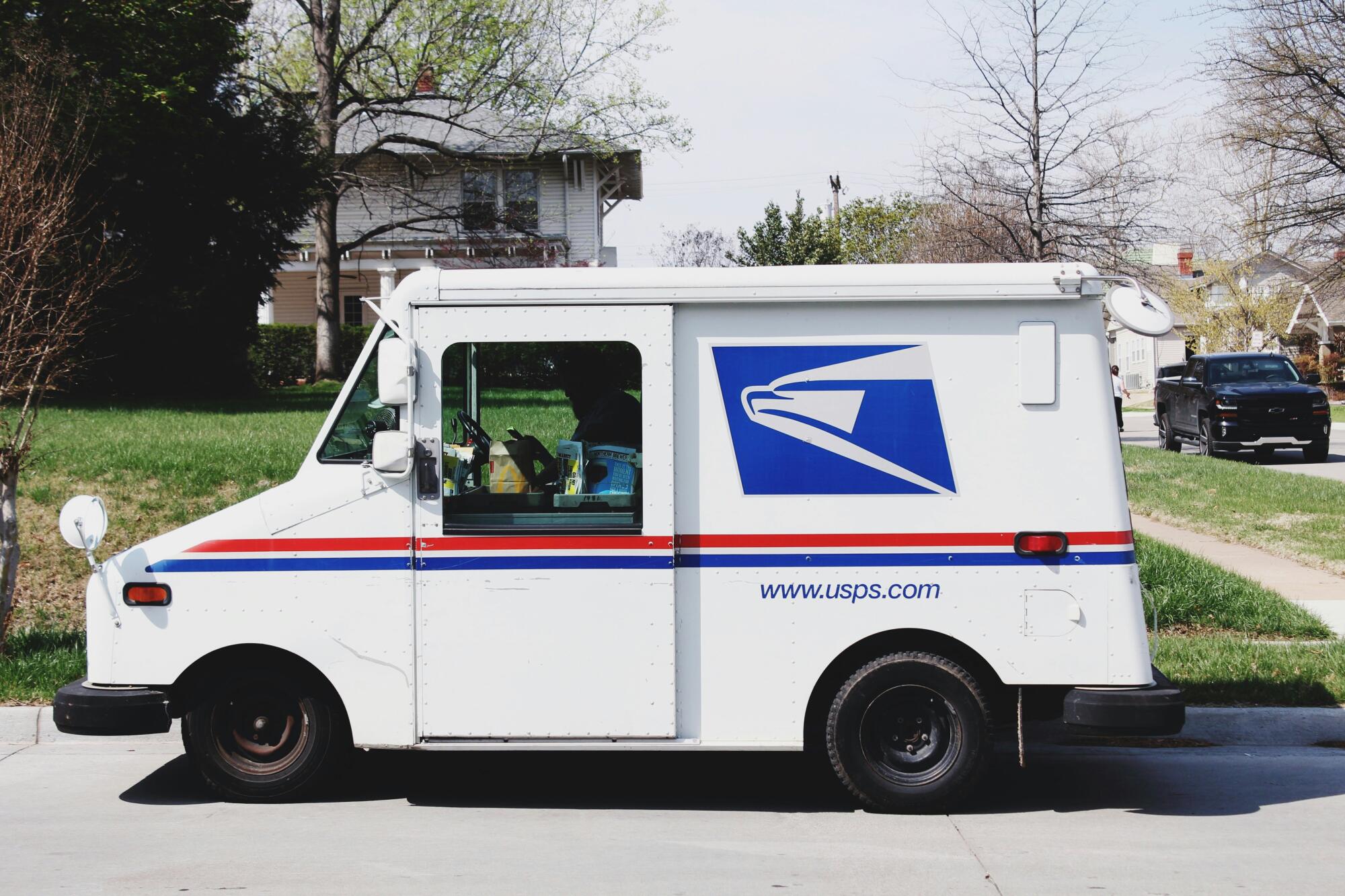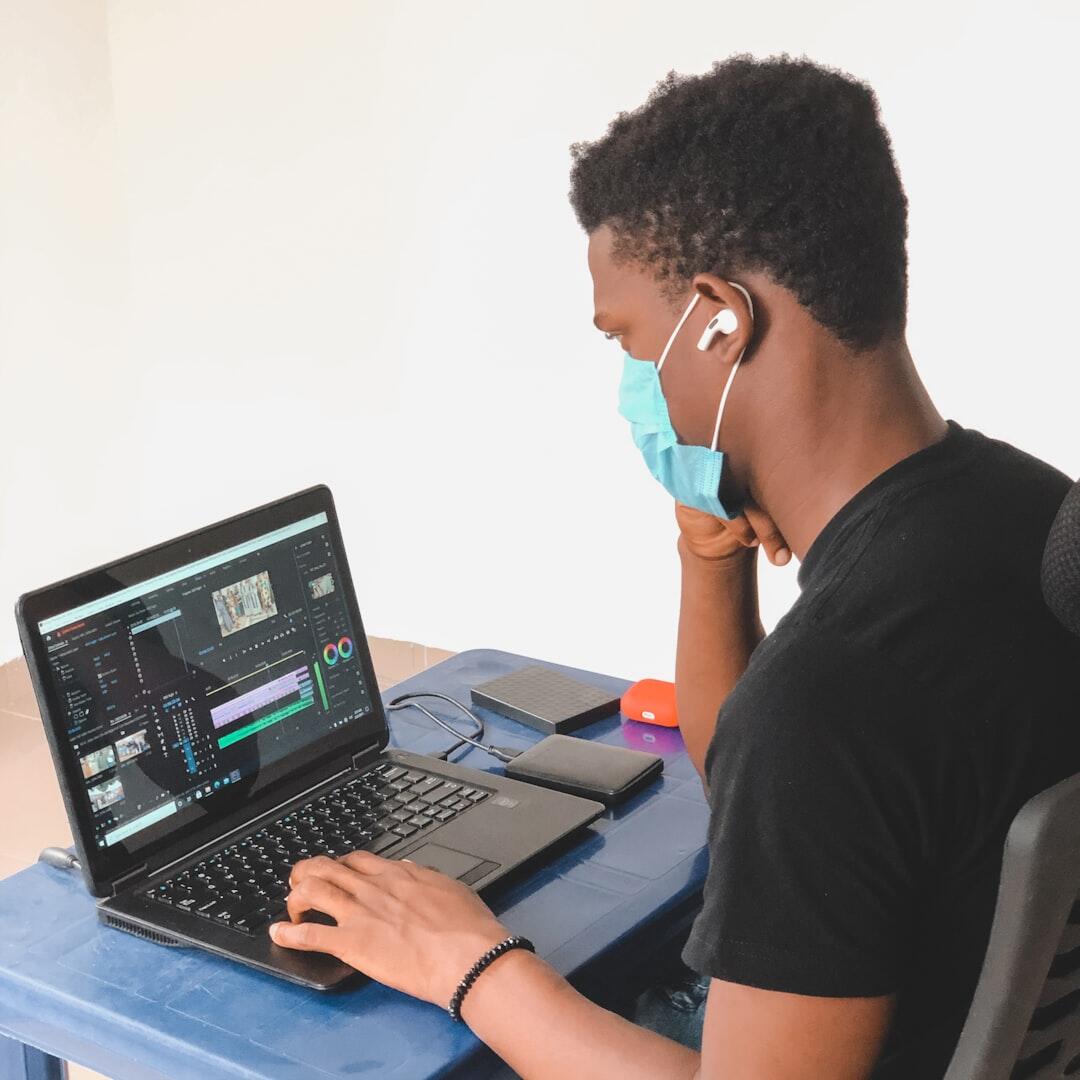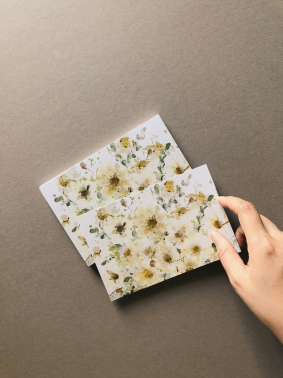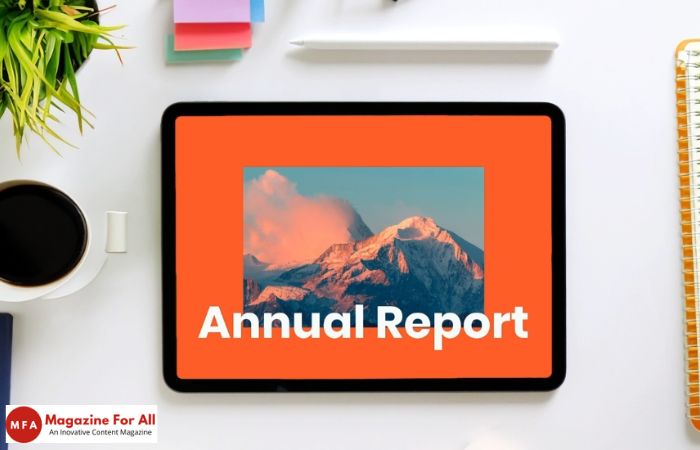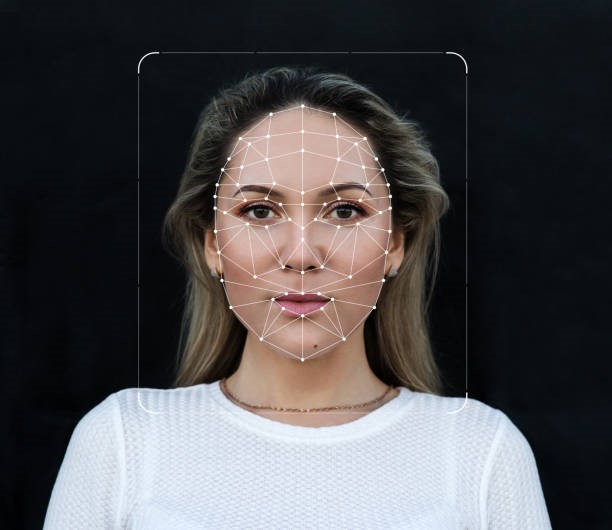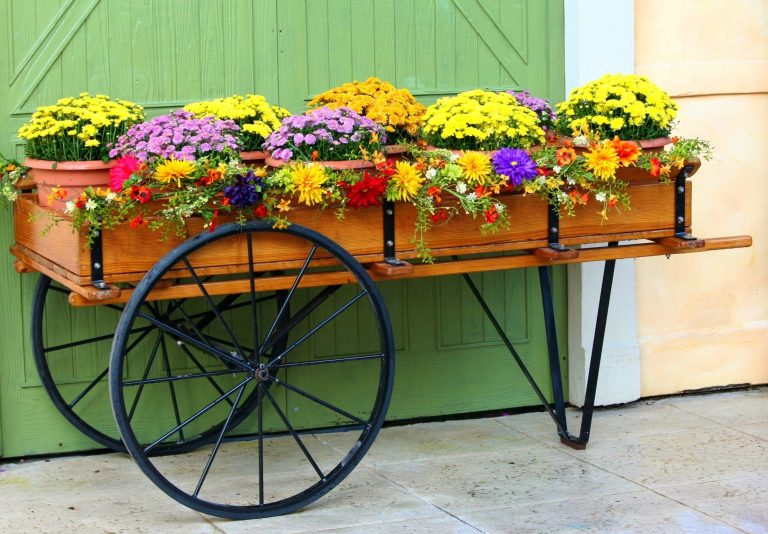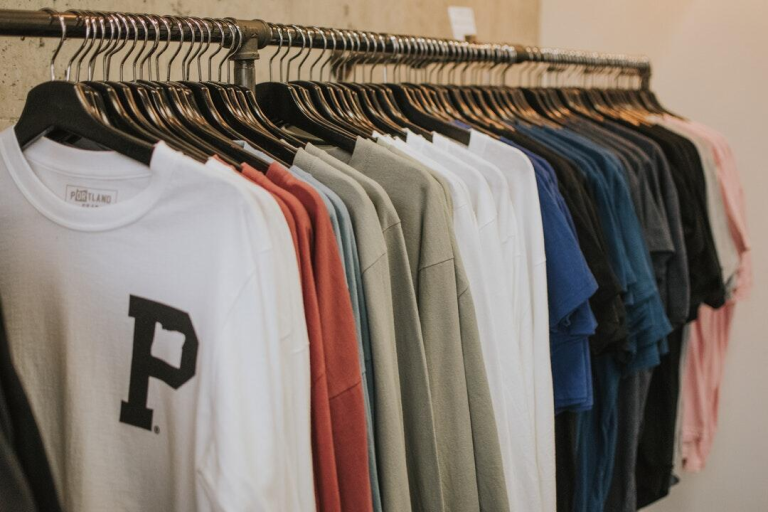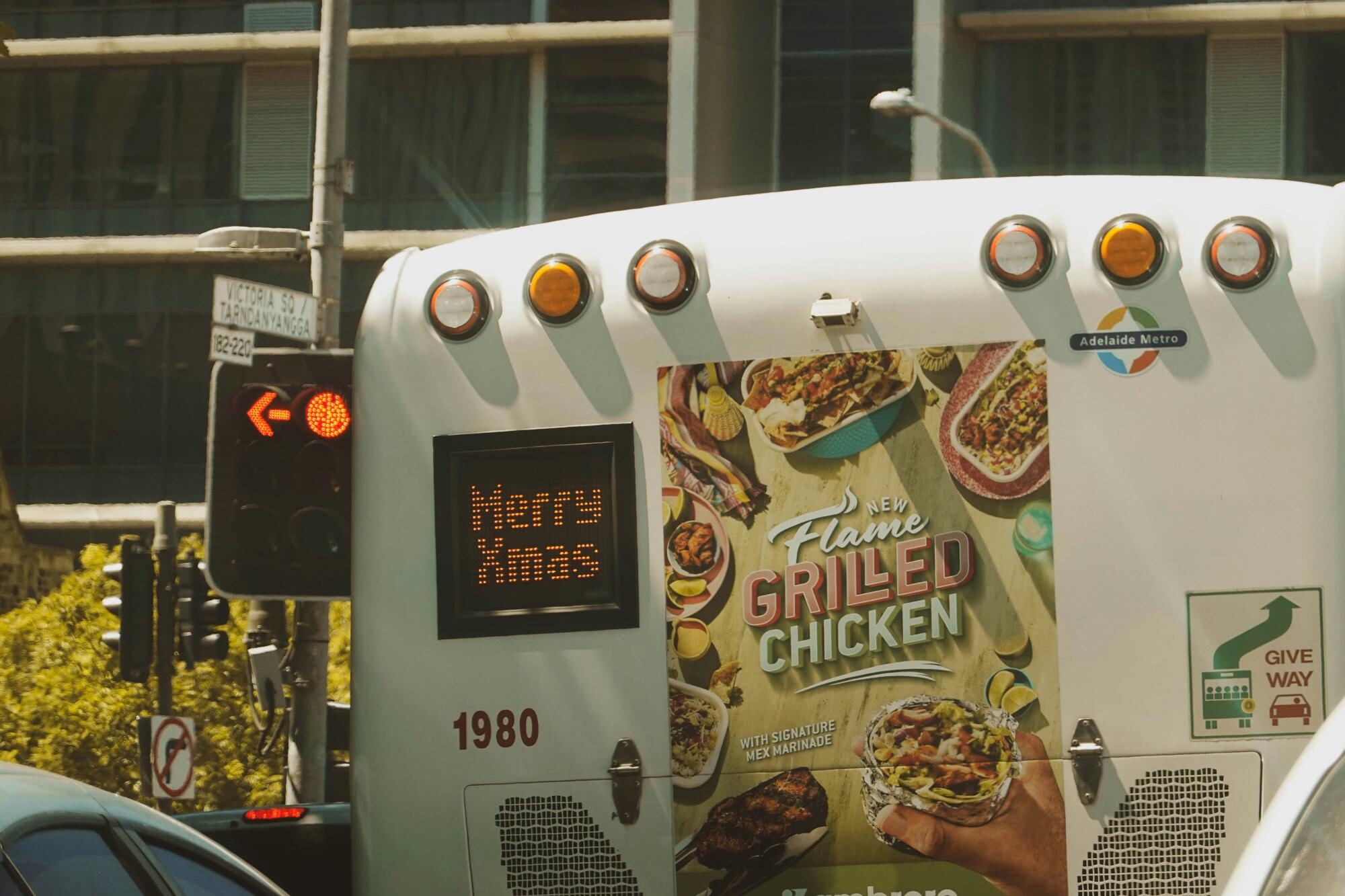Challenge coins have a long and storied history, but the modern iteration of the challenge coin started during World War One. These coins have a way of bringing people together, and they represent values like courage, honor, and duty. Given the importance of what these coins mean, they must be unique.
Understanding how are challenge coins made will give you a clearer insight into how to start designing coins for your friends. The most crucial part of the manufacturing process is choosing the best challenge coin material. You want your commemorative challenge coin to stand out for the right reasons.
Luckily, you’ve discovered this helpful resource to learn about the top metals when creating your first Military challenge coin. Continue reading to learn the pros and cons of each metal option.
Table of Contents
Brass
Brass is one of the most common materials used when creating challenge coins. It’s a mixture of copper and zinc, and you can create various colors for your challenge coin design when using brass as the primary coin material.
A big reason to consider brass is its malleability. You can create intricate designs on either side of the coin. It also makes the look of precious metal for your challenge coins. The drawback is that it can cause allergic reactions in people allergic to nickel or aluminum.
Iron
Iron is another viable option to consider when creating your first challenge coin. It’s the most abundant metal on Earth and offers durability that other materials can’t match. Iron is an easy metal to shape, perfect for learning how challenge coins are made.
The drawback of using iron to create challenge coins is the possibility of oxidization. Your challenge coin could rust as the years pass. Still, it’s a worthy option when you learn more about army challenge coins.
Zinc Alloy
Zinc alloy is a natural element that works wonders when used to create challenge coins. It’s created when zinc gets mixed with aluminum or copper. The low melting point makes creating a new challenge coin a walk in the park.
It’s strong and durable, and you can create stunning designs using zinc alloy. The drawbacks are that it’s a brittle metal and heavier than other challenge coin material options.
Pewter
Pewter is an excellent choice for creating challenge coins since it’s allergy-friendly. You won’t need to worry about your comrades being allergic to pewter coins. It’s also one of the easiest metals to work with when creating your coin’s design.
Pewter isn’t as strong as the other options. To keep it intact, you’ll want to avoid chlorine and salt when carrying your pewter challenge coin.
Start Designing Challenge Coins Today
Designing challenge coins is a fulfilling and rewarding experience, especially when learning how challenge coins are made. Although it’s heavy and brittle, zinc alloy is the best option for a coin that will last decades. Iron is a strong option prone to rust, while brass creates a luxurious appearance for your custom commemorative coin.
Are you ready to bring your company or group closer together? Check out our engaging lifestyle and business blog articles for fresh ideas and tips today!


